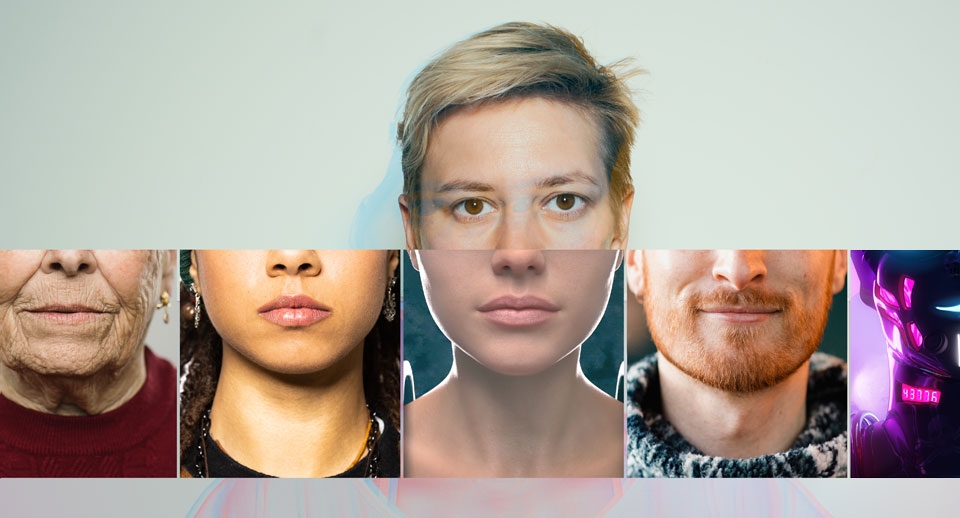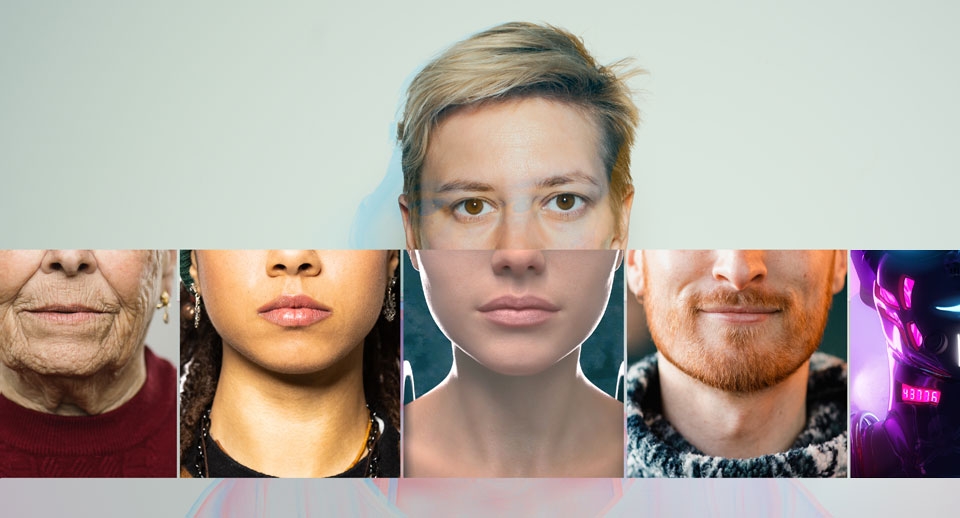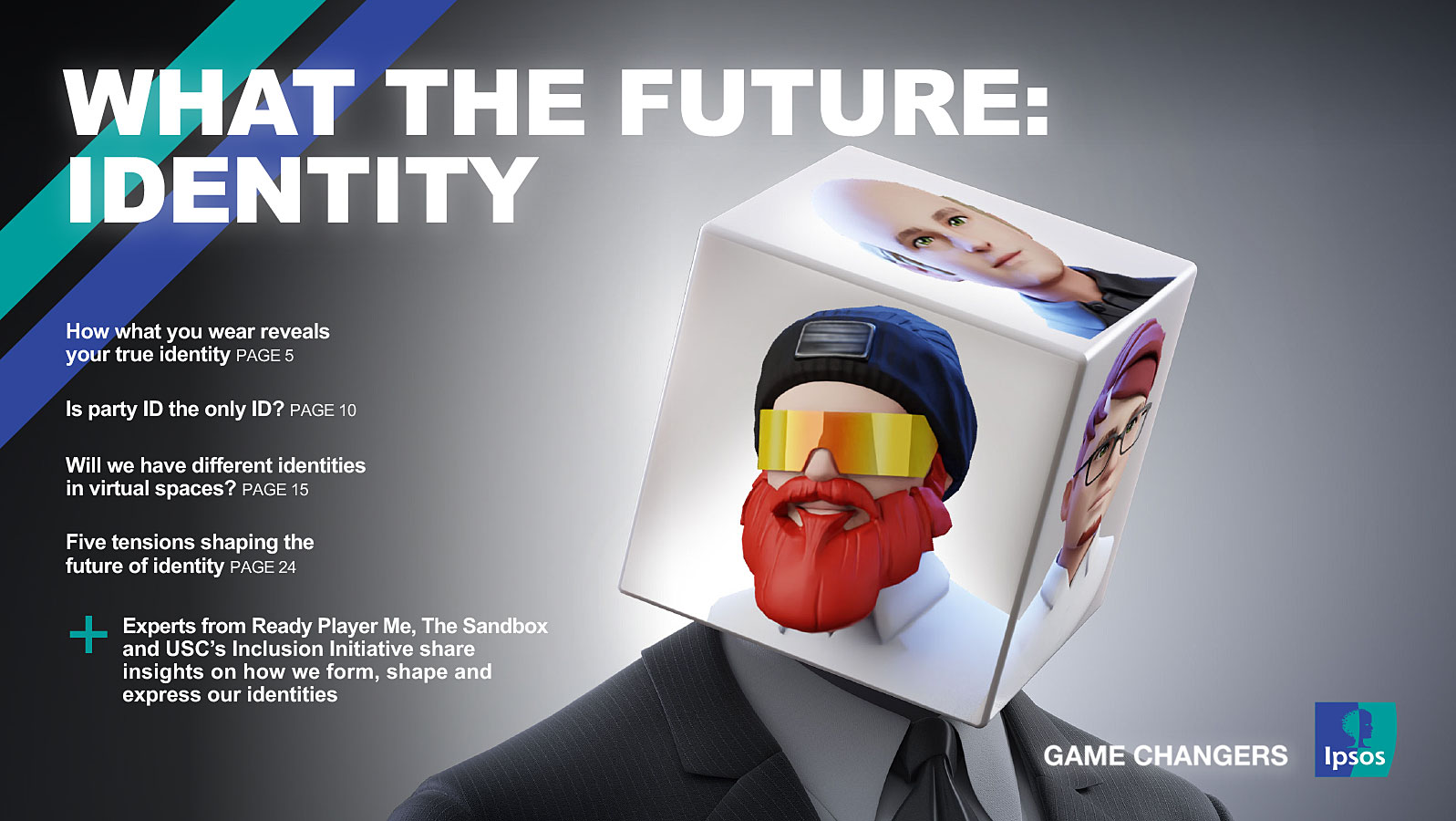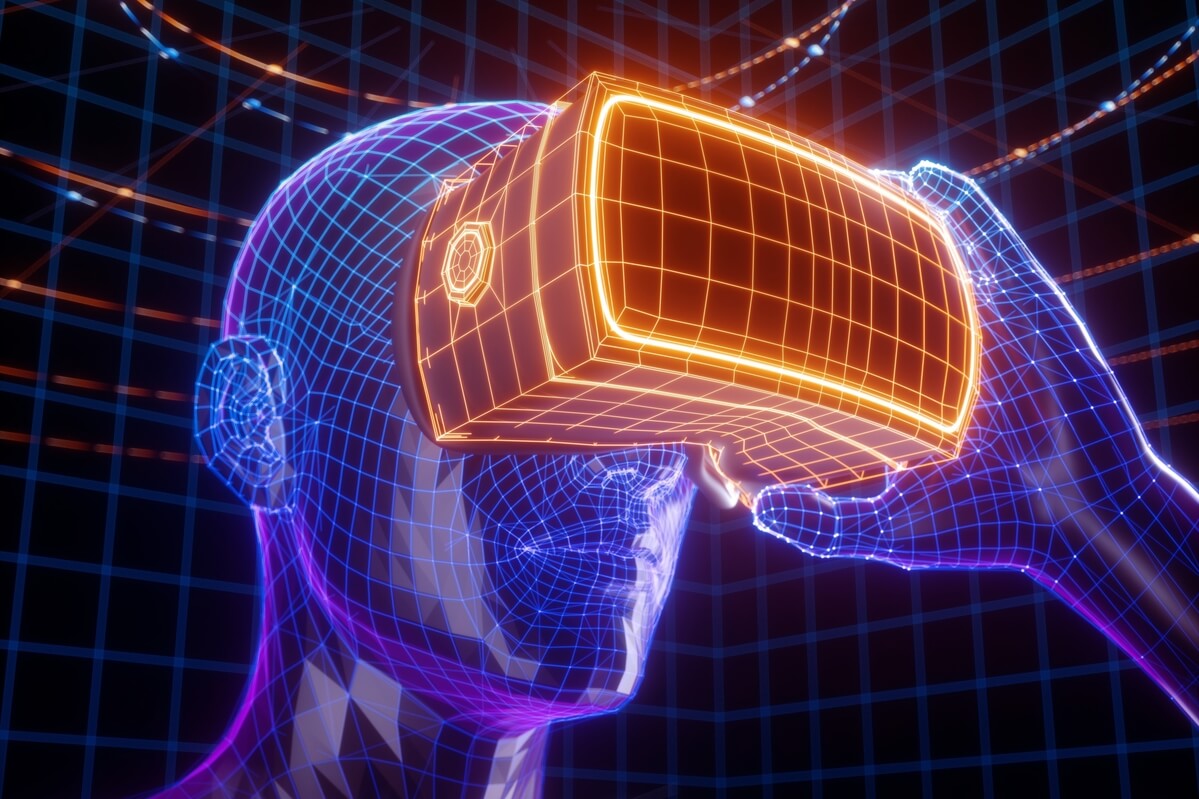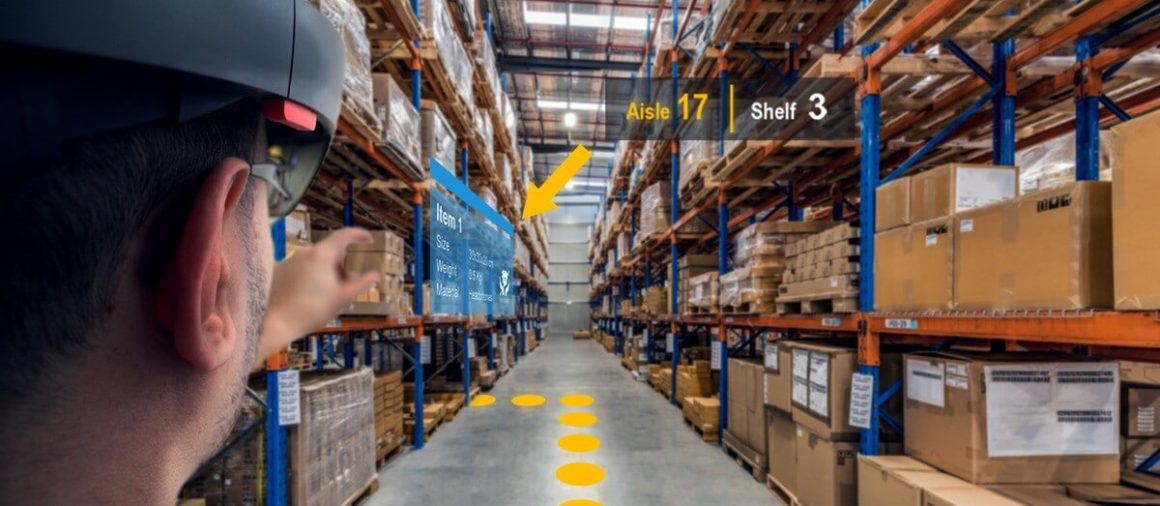
The convergence of artificial intelligence, blockchain, cloud computing, edge computing, Internet of Things (IoT), 5G, computer vision and augmented/virtual reality is taking society on a journey through the next wave of the digital revolution and toward the metaverse.
As one of the key enablers of the metaverse, IoT has reshaped our lives in significant ways with a myriad of applications, including smart homes, smart manufacturing, smart healthcare and intelligent transportation systems. Billions of connected devices have generated massive amounts of data that tech giants analyzed to extract valuable insight for their businesses.
However, the IoT industry presently possesses several limitations that restrict the sustainable growth of IoT ecosystems. Can blockchain and cryptocurrency help tackle industry-wide challenges and take IoT to the next level?
Internet of Things: The Status Quo
Today, a typical IoT application is still primarily centralized. An IoT company distributes smart devices to its customers and builds the entire solution that often includes various components.
These include identity management, device management, connectivity gateway, data storage, digital twin, data visualization and others, all on a preferred cloud platform. Centralized IoT system architecture was developed to deliver incredible value to customers, but it comes with five key disadvantages:
• Single point of failure: An IoT solution deployed as a centralized solution is subject to a single point of failure. Although cloud service providers have made efforts to improve the scalability, reliability and availability of their platforms, cloud platforms still experience service outages from time to time, leaving customers with smart devices in the lurch.
• Ownership of devices and data: Users who purchase IoT devices do not truly own their devices or data that’s collected. The lifecycle of smart devices is often fully managed by IoT companies, and it is quite difficult, if not impossible, for users to repurpose their devices for other applications. Moreover, IoT companies have extensively used data collected by smart devices, creating new value in businesses without compensating their customers.
• Application and data silos: Most IoT solutions deployed on a centralized platform are self-contained, thereby forming application and data silos. Those silos hinder the value exchange between different IoT systems and result in the loss of new business opportunities.
• Misalignment of values: IoT ecosystems consist of multiple stakeholders, such as device manufacturers/OEMs, network operators, platform providers, service providers, end-users, etc. The centralized IoT architecture enables platform and service providers to maximize their shares of the value chain revenue, whereas the profit margins for device manufacturers/OEMs are quite slim. In addition, end-users are excluded from the centralized IoT value chain.
• Barriers to innovation: The application and data silos, coupled with rigid business models, create barriers to continuous innovation in IoT. It slows down technology adoption and ecosystem growth.
Internet of Things: A New Dawn
The introduction of blockchain and cryptocurrency has shed light on a new community-driven machine economy called MachineFi. The innovative combination of blockchain, cryptocurrency and IoT provides effective solutions to address challenges that the IoT industry is facing.
• High availability and security: The decentralized nature of blockchain implies that applications running on top of it can achieve high availability and security. As a result, IoT companies could leverage blockchain to deploy the critical components of their solutions, thereby reducing service downtime and enhancing system trustworthiness.
• User-owned device and data: By applying the emerging concepts such as decentralized identifiers (DIDs) and verifiable credentials (VCs) to build a self-sovereign identity metasystem for people, organizations and IoT devices, users can gain control over data collected by their smart devices and decide how it’s shared.
• Interoperable applications and data: Using blockchain as the underlying fabric can connect different IoT applications, enabling them to exchange digital assets in a transparent and trustworthy manner. In particular, large-scale decentralized and autonomous IoT applications can be built upon individual applications by leveraging interoperable data.
• Fair distribution of values: Cryptocurrencies and associated token economy models provide powerful tools for incentivizing all the stakeholders in IoT ecosystems. Aligning the stakeholders’ benefits in a fair and consistent manner is the main force for transforming the IoT industry and forming the flywheel effect.
• Endless innovation: By combining IoT with the value exchange layer powered by DeFi, NFTs and DAOs, the IoT industry is able to create new business models and build a wide range of community-driven, machine-centric applications. Such digital transformation will bring endless innovation opportunities to IoT ecosystems.
MachineFi represents a paradigm shift in the way IoT systems are designed and monetized. It considers all of the stakeholders in an ecosystem and incentivizes them to move the value-creation flywheel continuously. The exciting future of an IoT for all of us is no longer a dream. It's a reality.
Dr. Xinxin Fan is the Head of Cryptography at IoTeX, a startup empowering the future machine economy with blockchain and IoT.
